FPV drones: How they work and what makes them tick
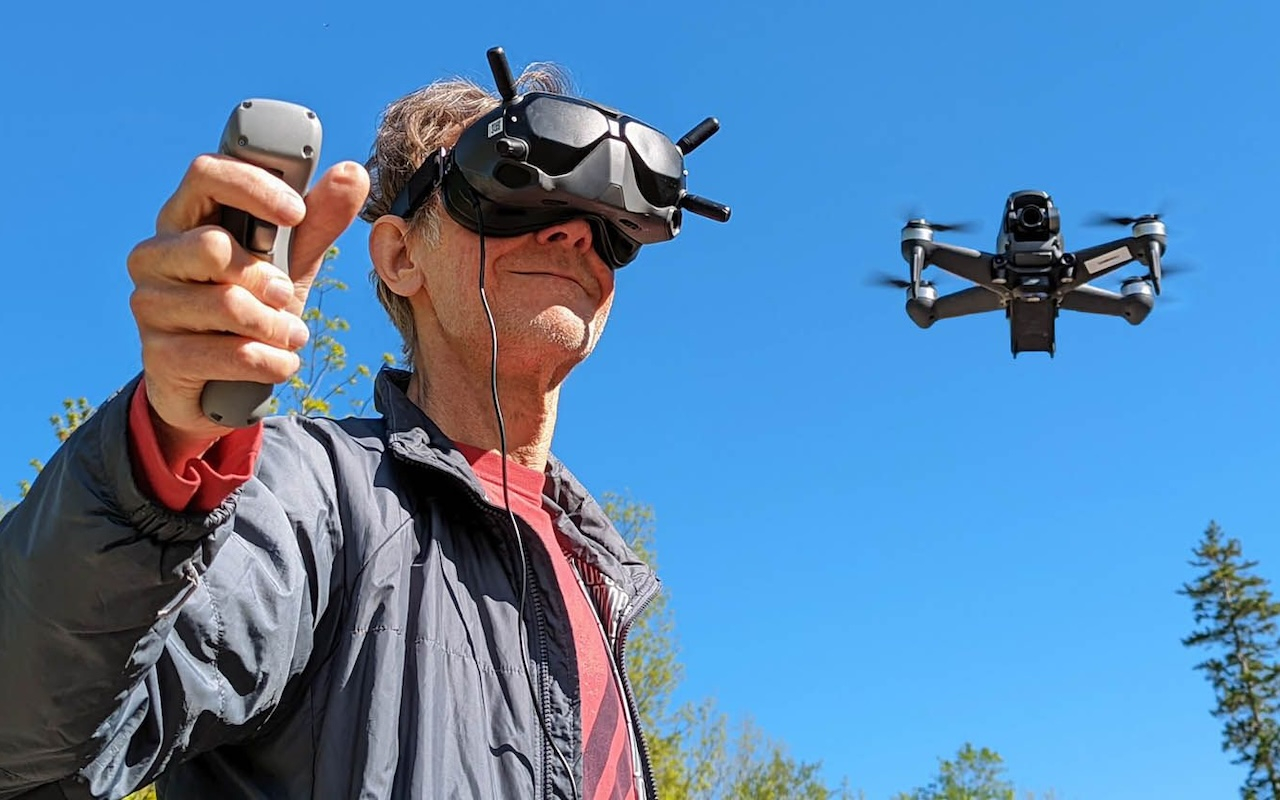
First Person View (FPV) drones have revolutionised the way enthusiasts and professionals alike engage with aerial technology. By providing an immersive flying experience, FPV drones allow pilots to see exactly what the drone sees in real-time, offering a bird’s-eye view that was once only imaginable. But how do these fascinating devices work, and what components bring them to life?
Understanding FPV drones
At its core, an FPV drone is an unmanned aerial vehicle equipped with a camera that transmits live video to the pilot’s goggles or monitor. Unlike traditional drones, where the operator relies on line-of-sight or basic screen displays, FPV drones offer an immersive experience that feels akin to sitting in the cockpit of a miniature aircraft.
The inner workings of FPV drones
Key components
- Frame: The skeleton of the drone, usually made from lightweight materials like carbon fibre, providing structural integrity while minimising weight.
- Motors: Typically four brushless motors that control the drone’s movement and stability by spinning the propellers at varying speeds.
- Electronic Speed Controllers (ESCs): Devices that regulate the power delivered to each motor, allowing for precise control and manoeuvrability.
- Flight Controller: The drone’s brain, processing input from the pilot and onboard sensors to maintain stability and execute commands.
- FPV Camera: A small, lightweight camera mounted on the drone that captures live video footage.
- Video Transmitter (VTX): Sends the live video feed from the FPV camera to the pilot’s goggles or monitor via radio frequencies.
- Receiver: Receives control signals from the pilot’s transmitter (remote controller), enabling the pilot to command the drone.
- Goggles/Monitor: Displays the live video feed, allowing the pilot to see from the drone’s perspective.
- Battery: Powers all the drone’s components, typically a rechargeable lithium-polymer (LiPo) battery known for high energy density.
The flight experience
Piloting an FPV drone is remarkably immersive. The pilot sends control inputs to a transmitter, which the drone’s receiver picks up. The flight controller processes these inputs alongside data from onboard sensors like gyroscopes and accelerometers to adjust the drone’s orientation and position.The FPV camera captures live video, which the VTX sends back to the pilot’s goggles or monitor. This real-time feedback loop allows for precise navigation, quick reflexes, and a thrilling sense of flight that is unmatched by other remote-controlled devices.
The technology behind FPVs
Radio frequencies and signal transmission
FPV drones rely heavily on radio frequencies for both control and video transmission. Control signals usually operate on the 2.4 GHz frequency, while video transmission often uses the 5.8 GHz band to avoid interference. Some advanced setups utilise digital transmission systems for higher quality video and reduced latency.
Latency considerations
Latency, or the delay between the camera capturing an image and the pilot seeing it, is critical in FPV flying. High latency can make control sluggish and unresponsive, which is especially detrimental in fast-paced environments like drone racing. Components are carefully selected to minimise latency, often favouring analogue systems for their near-instantaneous transmission.
FPV drones and the art of risk management
Flying an FPV drone is not just about technical skill; it’s also about managing risks and making quick decisions, much like other high-stakes activities. For instance, the careful calculation and timing required in FPV flying can be compared to the decision-making processes in balloon game money. The adrenaline rush that comes with navigating tight spaces at high speeds or performing acrobatic manoeuvres parallels the excitement found in various strategic games.
Applications of FPV drones
Racing
Drone racing has become a global phenomenon, with pilots competing in high-speed races through complex courses. The agility and speed of FPV drones make them ideal for this sport, pushing the limits of technology and human reflexes.
Freestyle and cinematography
FPV drones are also used for freestyle flying, where pilots perform acrobatic tricks and manoeuvres, and for capturing dynamic footage in filmmaking. Their ability to weave through tight spaces and follow fast-moving subjects offers filmmakers creative possibilities previously unattainable.
Industrial uses
Beyond entertainment, FPV drones assist in inspections, search and rescue missions, and agricultural monitoring. Their real-time video capabilities enable operators to assess situations quickly and from safe distances.
The future of FPV drone technology
Advancements in battery technology, artificial intelligence, and sensor integration are poised to take FPV drones to new heights. Longer flight times, obstacle avoidance, and enhanced autonomy are just around the corner, promising even more exciting applications and experiences.
Conclusion
FPV drones represent a remarkable fusion of technology and human ingenuity, offering an unparalleled immersive experience. Understanding how they work enhances appreciation and opens doors to a world where the sky is no longer the limit but just the beginning.
The editorial unit

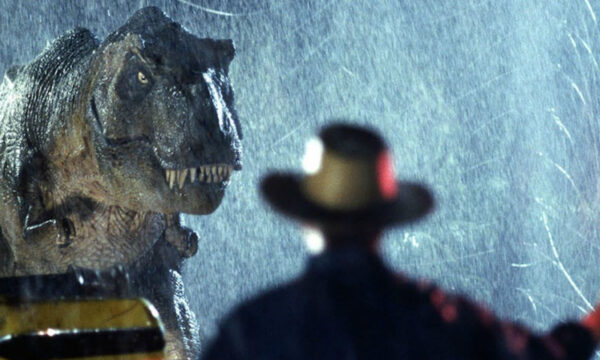




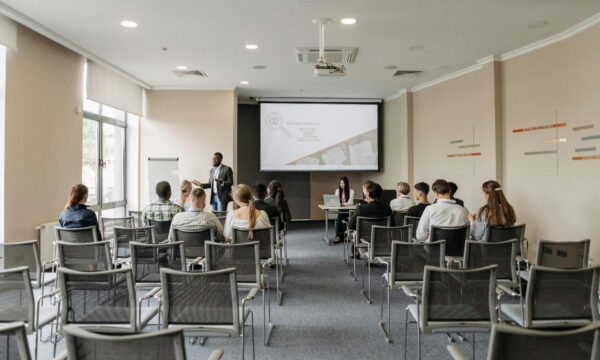
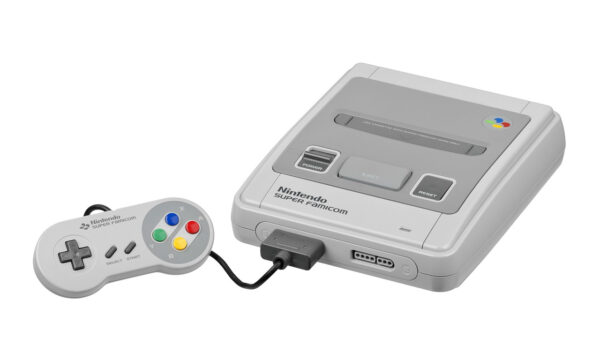

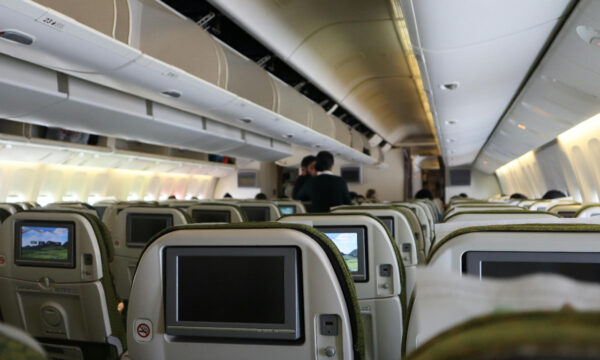














Facebook
Twitter
Instagram
YouTube
RSS